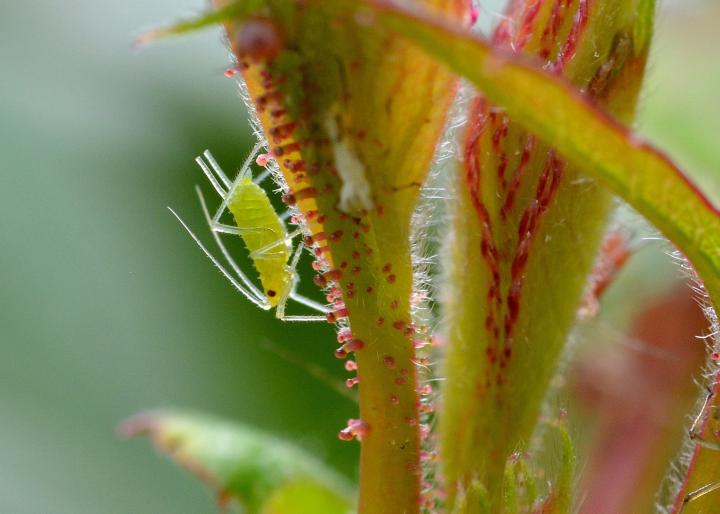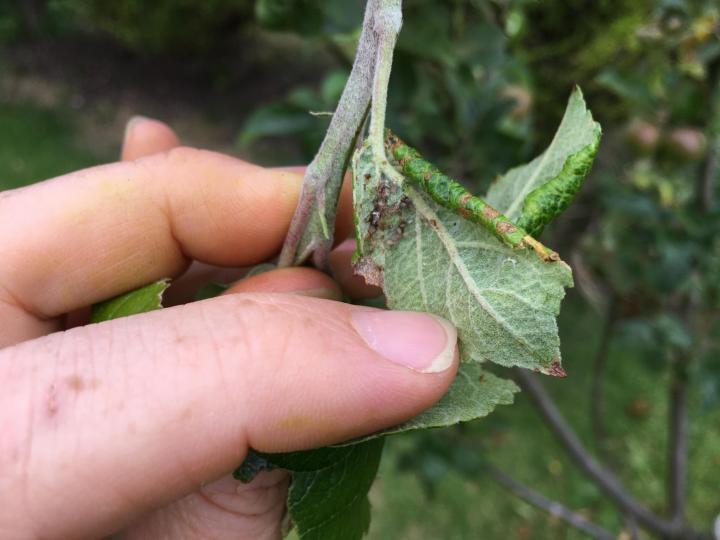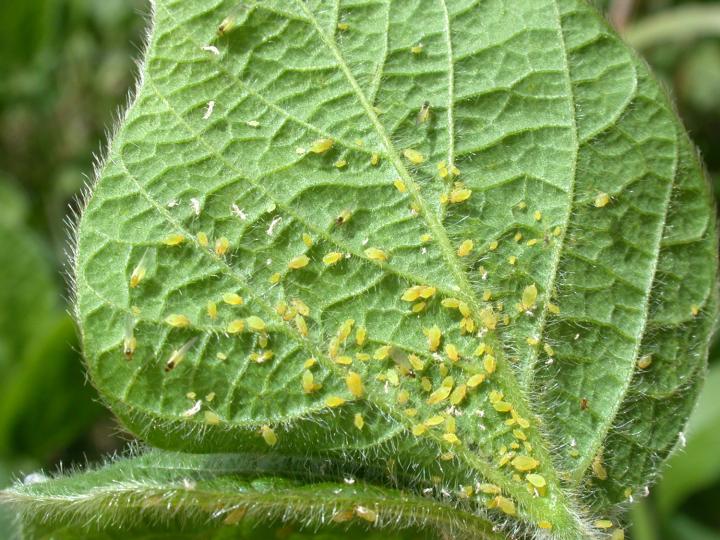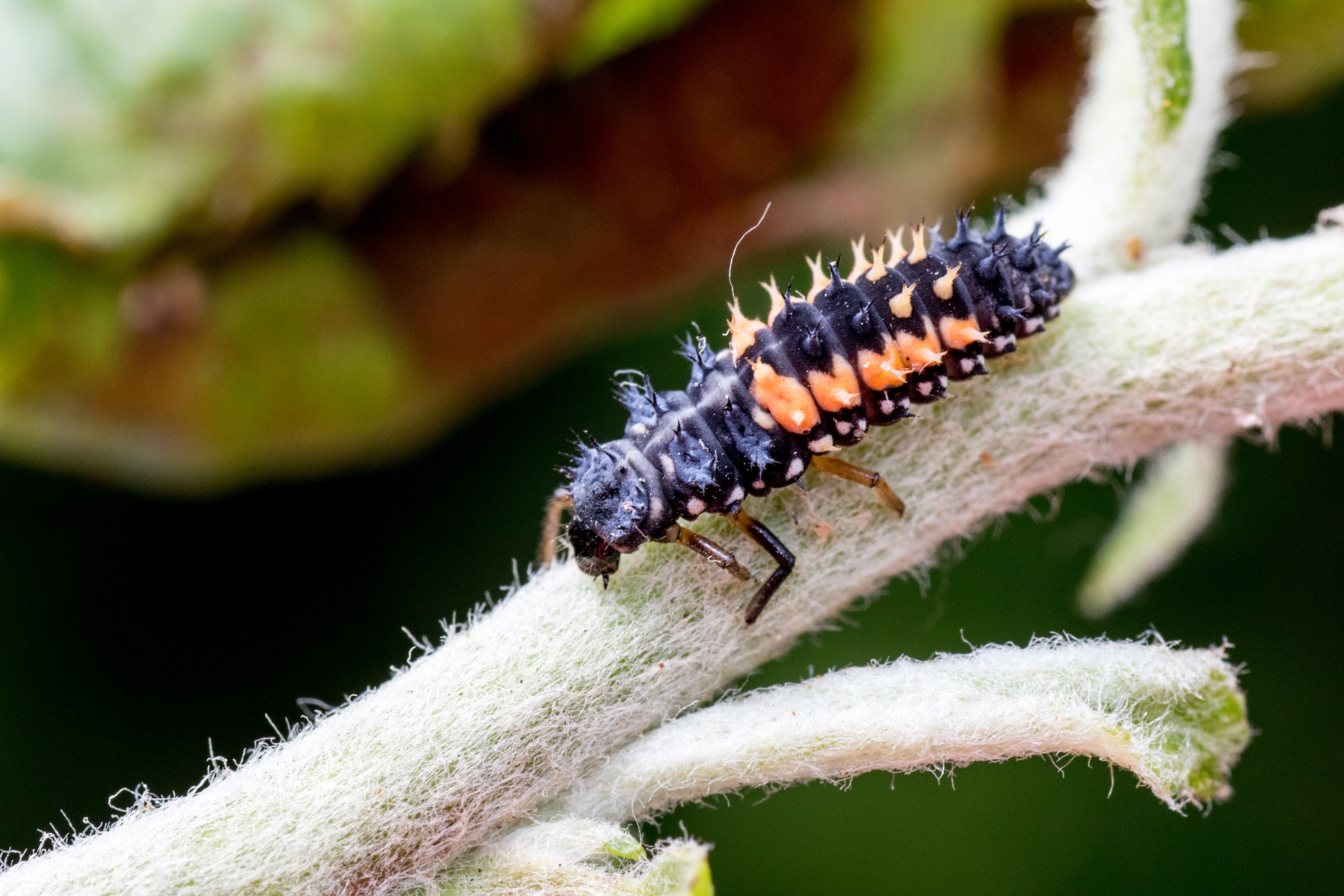
Aphids are pesky green bugs that can wreak havoc on your garden.
Preventing Aphid Infestations in Your Garden
ADVERTISEMENT
Monarchs are beginning to lay eggs on my Florida milkweed. My plants have a heavy infestation. I have treated with soapy water on plants but I'm concerned it will harm the tiny cats.
I started seeing aphids on smaller leaves of broccoli and just rubbed them off. All of a sudden a broccoli fruit is looking misshapened and see dark streaks on the stem. Does not look good. Can this be saved or, how should I cut it off and hope the plant keeps growing. There's lots of leafy green without damage.
I have rhubarb in my garden. Instead of disposing all of the leaves, I boil some in a pot of water until the leaves seem ready to fall apart. I use that solution to spray on my plants and it seems to work. After reading this, I believe I'll beef it up with some alcohol and soap.
Years ago I was told to use a solution of vinegar (white only!) & water. I don’t remember the correct ratio but has worked well on my roses.
I was gone for 4 weeks unexpected and they are killing one of my hibiscus. It's caked with them! Any suggestions!!
When it comes to battling aphids on your hibiscus, you should start with the suggestions listed above under Control and Prevention.
First try using a steady stream of water to knock as many aphids off your hibiscus as possible. Once they are dislodged, most will not find their way back to the plant.
If aphids are still present, try using a horticultural oil, neem oil, or insecticidal soap. Just make sure that whatever you decide to use comes in contact with the pests because it must do so to be effective. Spray both the top and underside of leaves and anywhere else the aphids are present. Depending on what you use, you may need to make multiple applications.
There is also the option of using a solution of water and a few drops of dish soap and either wiping or spraying affected areas.
Hope this helps!
Thank you. very helpful!
I have done everything to get rid of the aphids I had to turn to a restricted use pesticide
So helpful! What is the white debris (like tiny hyphens) that first alerted me to the presence of aphids? I hosed it off my hellebores and then stepped on it (in case it was the next generation!). Then I sprayed the insides of the flowers with Safer's insecticidal soap.
A mixture of milk and water 50/50 is effective, safe, and good for the plant. It won't kill bees or butterflies either!













